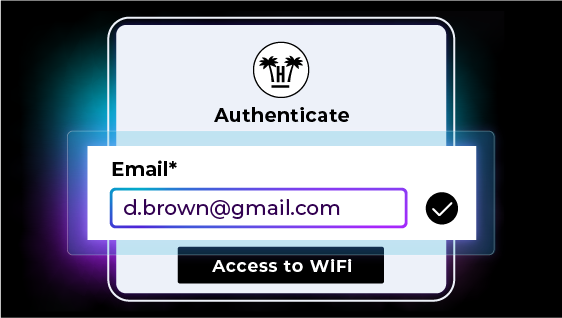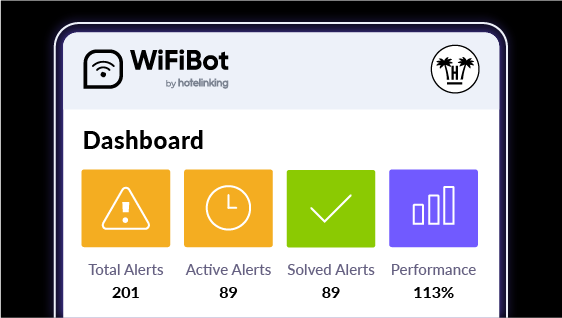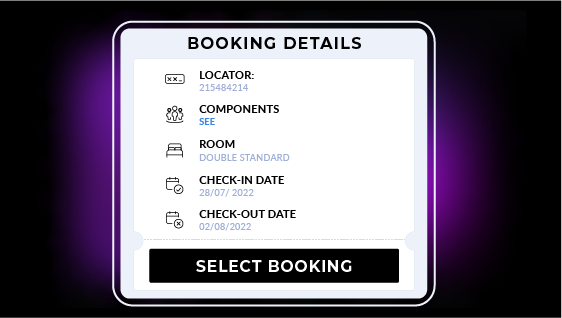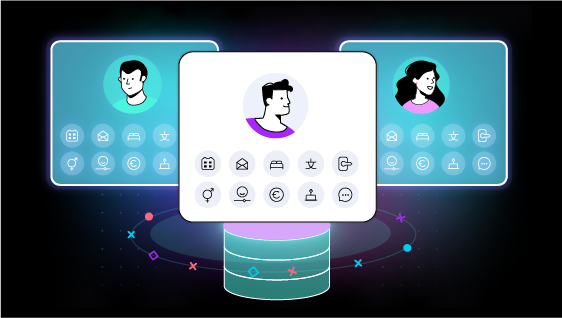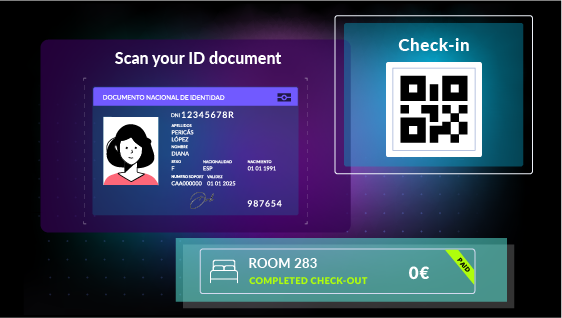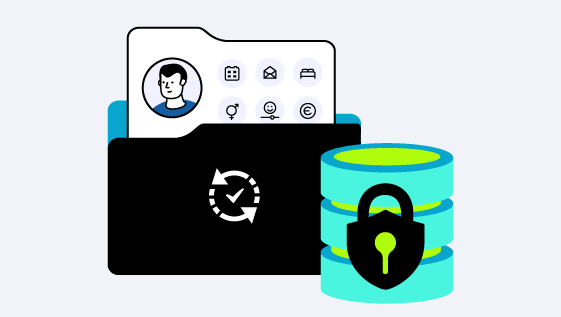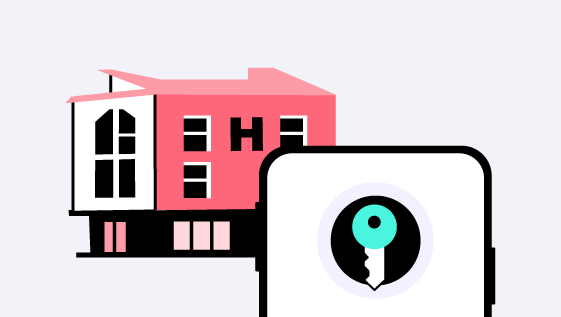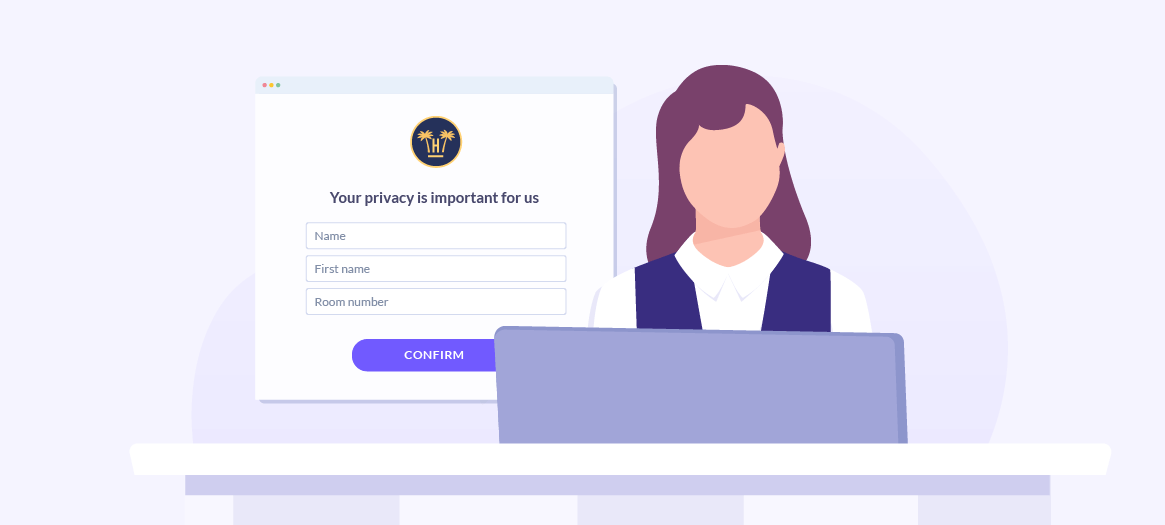
What does a captive portal mean to the hotel sector?
An internet connection is nowadays practically a must in all sort of properties.
Given how important it is for users to be able to access the net anywhere, hotels are compelled to invest in an infrastructure that ensures both this access and that their guests’ data are safe.
But, why not making the most of this investment to improve bookings? How about including an application to collect relevant data in order to achieve this goal? This is currently possible thanks to the captive portal applications; hence, we want to explain what these are and how your hotel can benefit from them.
What does a captive portal consist of?
As you may already know, a captive portal is an application that manages the access of users to private and public networks. For guests, the captive portal is a login or access portal to gain access to a network by entering their details.
The captive portal can be applied to networks in public spaces where a WiFi connection is openly offered to users located in the area, such as parks, town halls, libraries or airports. But it is also spreading to the private networks of shopping centres, supermarkets or, in this case, hotels.
Up until recently, it was possible to offer this access to laptops. But given the boom in the use of smartphones as the main electronic device of consumers, specific controls are needed to manage browsing from the same.
Adapting the captive portal for smartphones to be able to access it is key to guarantee the best user experience.
How does the captive portal work?
From the moment the user wants to access the network, they are redirected to a validation website. On this website, the user notices that they must enter some credentials to access the WiFi network. These details may be their name, email, telephone, reservation code, etc.
Once they have entered their details, the user is redirected to another web – private networks usually redirect the user to the company’s corporate web – from where they can start browsing the internet.
Once the user has gained access to the network, admins can manage their connection time. Some companies choose to end the user’s session due to inactivity, for example, when the guest leaves the hotel.
Which are the benefits of using a captive portal?
First of all, the captive portal contributes to the safety of the network by controlling the access, although it is also recommended to use other security applications in addition to it. A private network for a hotel can prevent unauthorised users from accessing it so that the WiFi connection is not limited, and it ensures that all users can connect correctly.
But beyond a safe connection to the internet, the captive portal enables to collect users’ data so that they are stored in the company’s database. Since the captive portal can request access by entering the user’s email and personal details, they remain at the disposal of the hotel.
A captive portal makes it possible to analyse the user’s browsing trends and to make the most of this knowledge to optimise online browsing on the hotel’s web. Since a more in-depth analysis of the users’ browsing trends can be performed, it is possible to optimise the segmentation of the contact database.
Some hotels use the captive portal’s login screen to enter additional contents that may be of interest to the user: videos, surveys, social media profiles, crosselling ads … this makes it possible for the portal’s admins to work on a more personalised experience for those users accessing a private network.
Therefore, the captive portal not only guarantees that users access a private network safely, but it makes it possible to collect users’ details in order to apply improvements to the online experience or to optimise digital marketing strategies.
The application of the captive portal in hotels
These very interesting applications of the captive portal mean that increasingly more hotels – both hotel chains and independent properties – choose to apply it to the WiFi connection for guests. Some guests request the internet connection during their stay, either as an entertainment method or due to business needs if travelling for work.
Therefore, the captive portal may grant access to the hotel’s network to in-house guests only. They can access the hotel’s network with their personal details or with their booking code, depending on how the property prefers to configure their captive portal.
The captive portal enables hotels to install login screens in line with the design of their corporate web. The property, also, may place videos that promote their brand in the access site.
It also makes it possible to incorporate crosselling ads for guests, so that they are also offered additional hotel services from the very moment they access the network.
Captive portals specially designed for hotels make it possible to remember repeat guests’ details which makes it possible to welcome them back, improving the guest experience even more.
Some captive portals offer connection to the network through social media, therefore once the user connects to the network, they can also follow the hotel’s social media profiles or share on their profiles that they are staying at the hotel at that time. These options allow the hotel to have a greater control over their online reputation.
For this system to generate optimal results for the property, we recommend the application of a captive portal specially designed for hotels.
Furthermore, the captive portal can also benefit the hotel in terms of guest’s data collection, as well as in the analysis of their browsing trends. In this way, the hotel can enrich its internal database, while respecting the GDPR, since guests themselves authorise the access to the network.
